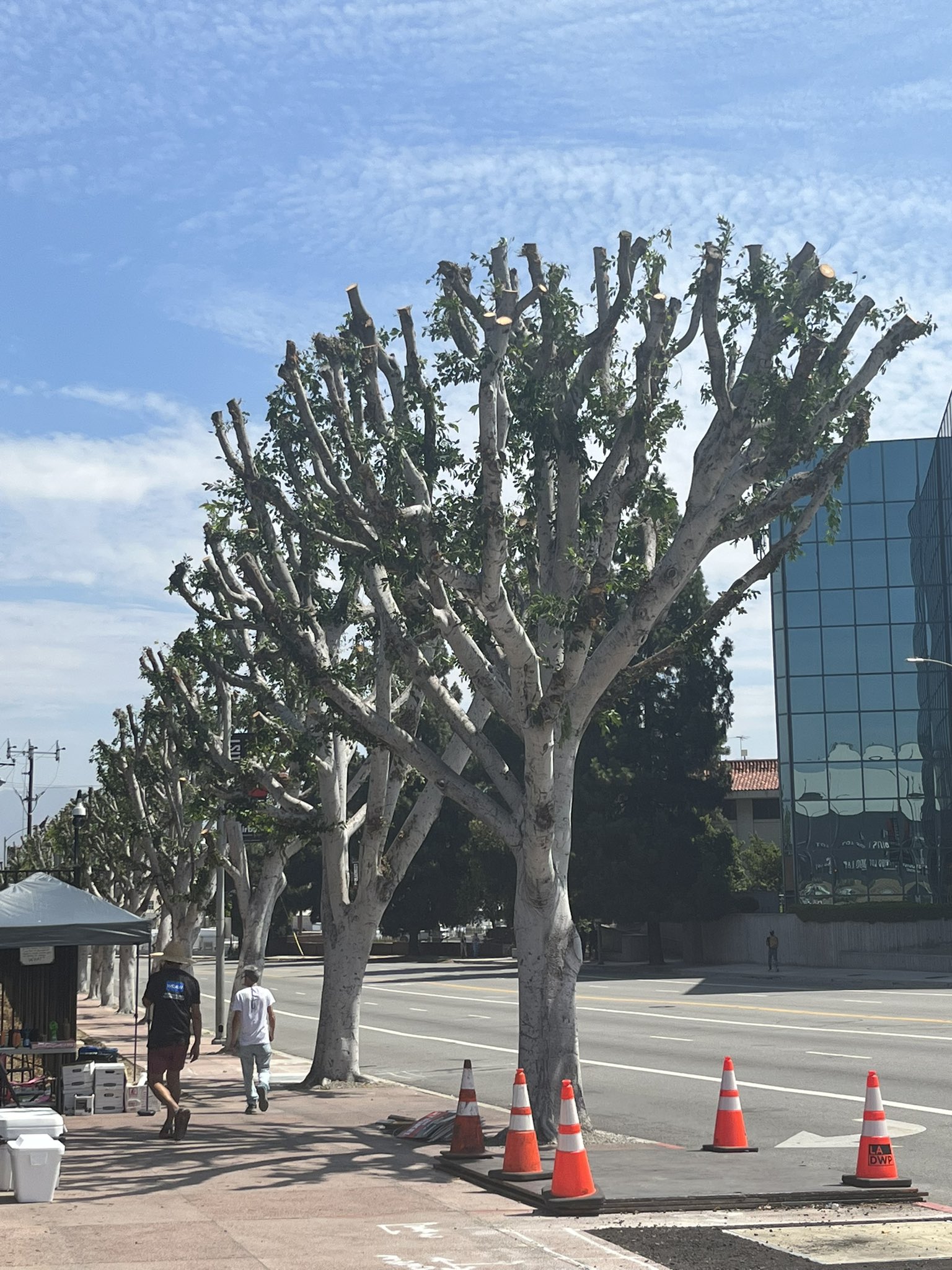My understanding of the mammals that lived when the (non-avian) dinosaurs were still around, was that they were generally little rat-like critters that lived generally little rat-like lives, as omnivorous scavengers and opportunists, that also served as prey. Apparently, my education on dinosaur-mammal relations has been lacking, because apparently there were mammals that ate dinosaurs. This seems to be something that paleontologists have known for a while, but they recently found a fossil in China’s “Dinosaur Pompeii” of a Cretaceous Psittacosaurus in the process of being killed and eaten by a Repenomamus:
“The two animals are locked in mortal combat, intimately intertwined, and it’s among the first evidence to show actual predatory behaviour by a mammal on a dinosaur,” explains Dr. Jordan Mallon, palaeobiologist with the Canadian Museum of Nature and co-author on the study published today in the journal Scientific Reports.
The fossil’s presence challenges the view that dinosaurs had few threats from their mammal contemporaries during the Cretaceous, when dinosaurs were the dominant animals. The rare fossil is now in the collections of the Weihai Ziguang Shi Yan School Museum in China’s Shandong Province.
The dinosaur in the well-preserved fossil is identified as a species of Psittacosaurus, which is about the size of a large dog. Plant-eating psittacosaurs are among the earliest known horned dinosaurs and lived in Asia during the Early Cretaceous, from around 125 to 105 million years ago.
The mammal in the fossil pair is a badger-like animal, called Repenomamus robustus. Although not large by dinosaur standards, it was among the largest mammals during the Cretaceous, at a time when mammals had not yet come to dominate the Earth.
Prior to this discovery, palaeontologists knew that Repenomamus preyed on dinosaurs including Psittacosaurus because of fossilized baby bones of the herbivore found in the mammal’s stomach.
“The co-existence of these two animals is not new, but what’s new to science through this amazing fossil is the predatory behaviour it shows,” says Mallon.

The image is an artist’s rendition of the moments before the two animals were killed by the volcanic mudslide. The Psittacosaurus is a stocky, beaked dinosaur, with longer hind legs than fore, and a thick tail. It’s braced on three legs, with one front limb raised to ward off the attacking mammal. The Repenomamus, a badger-like mammal appears to be leaping onto the unfortunate dinosaur, climbing up onto it like a weasel attacking a hare. The two animals are fighting against a stump, with trees in the background, and smoking volcanoes in the distance.
It’s nice to know that eating dinosaurs is about the oldest tradition we have, as mammals.


